Reportar esta entrada
Más sobre la misma comunidad-colección
Dedication of the Nona Resler Conference Room
The Board of Directors of the Yucca Council of Boy Scouts named ...
Resler Family - 1990 - 1999 - El Paso, Texas
The Resler Family: From left to right seated - Cody, Amanda and ...
Nona Resler - 97th Birthday -1998
Cody and Zach helped their great-grandmother cut the birthday ...
Camp Dale Resler - 1998 - Flag Ceremony
Flag ceremony -- Nona Resler turns 97years old and Camp Dale ...
Nona Resler's 98th Birthday Celebration
Gary and Jennifer and their new little daughter Aeva, came from ...
Nona Resler - 100th Birthday - 2001
On June 23, 2001 the Woman's Club of El Paso celebrated Nona ...
Hall Of Honor -- Dale Resler - 2004
The El Paso County Historical Society honors Dale Resler in the ...
El Paso Historical Society - Hall of Honor - 2004
El Paso Historical Society - Hall of Honor - 2004 Left to ...
El Paso Historical Society - Hall of Honor - 2004
El Paso Historical Society - Hall of Honor - 2004 Left to ...

















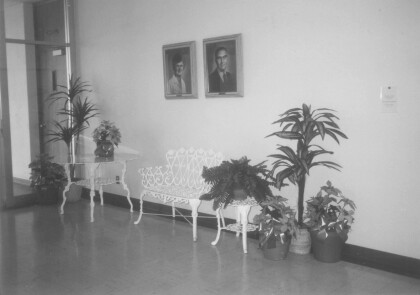

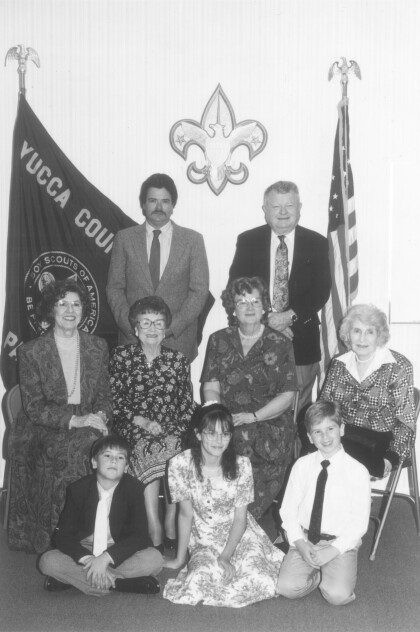
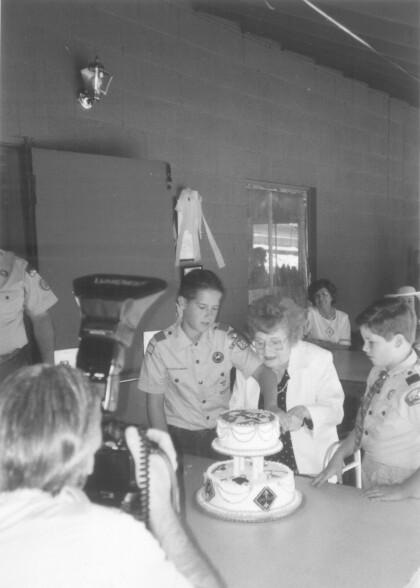
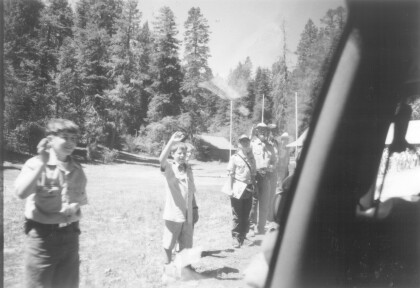
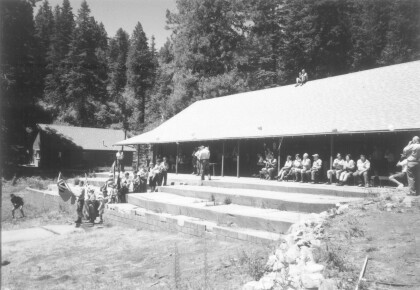
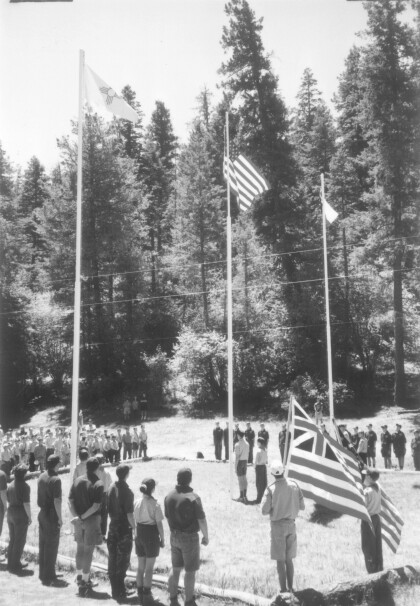
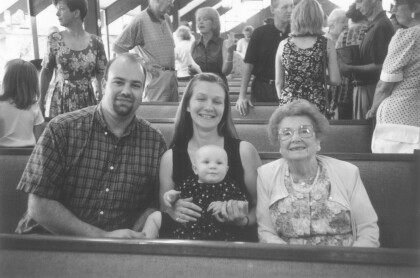
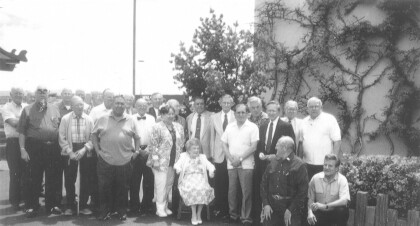
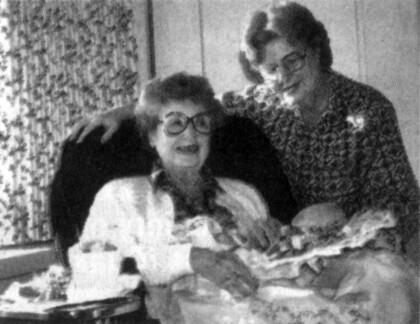
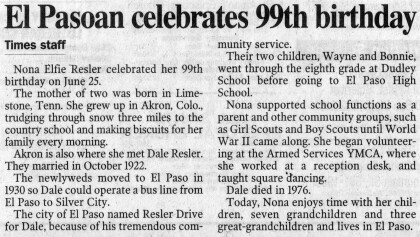
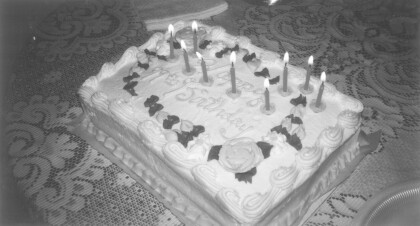
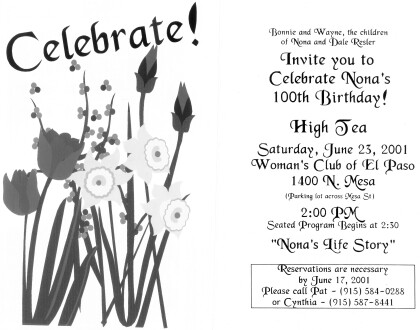
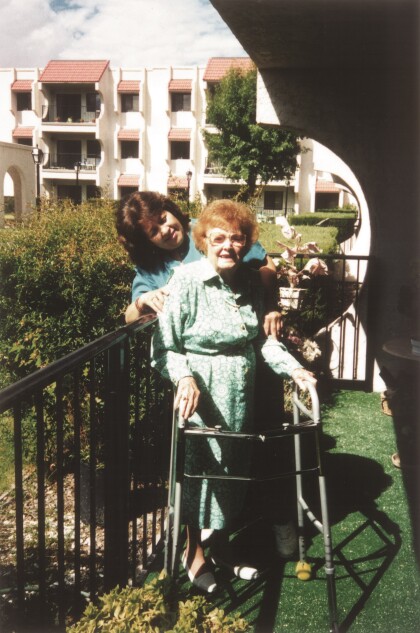
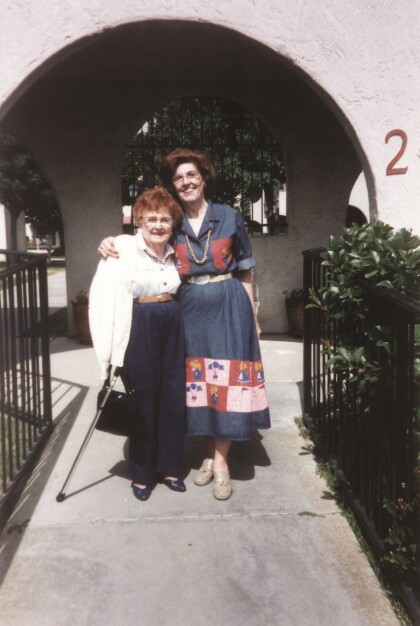
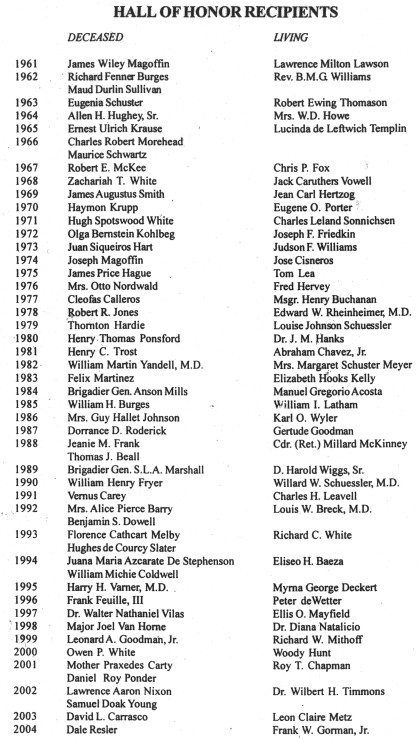
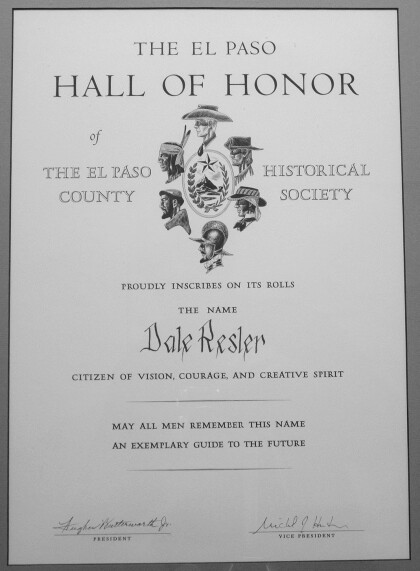
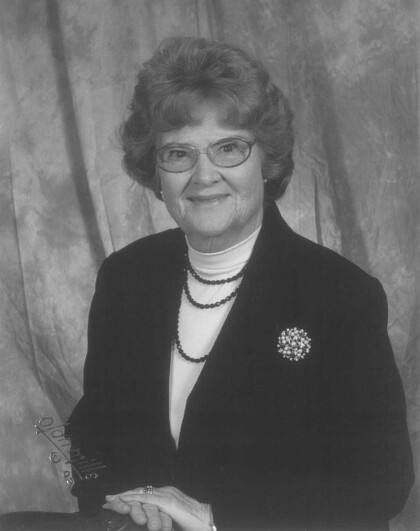
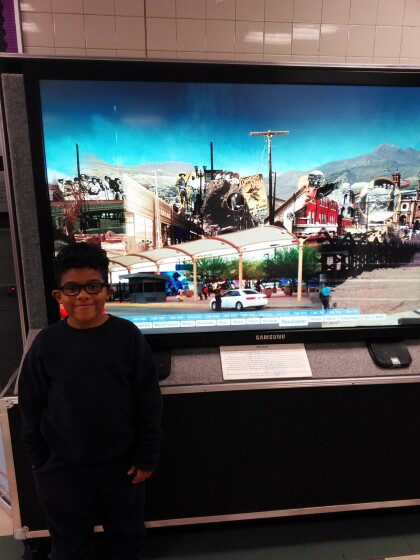
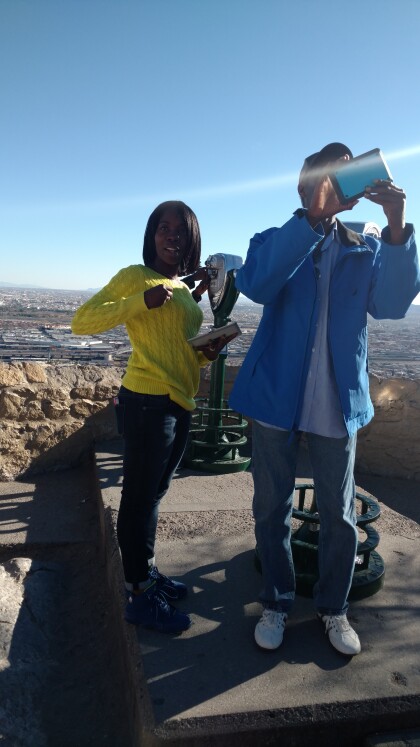
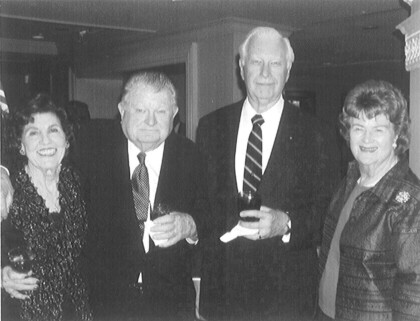
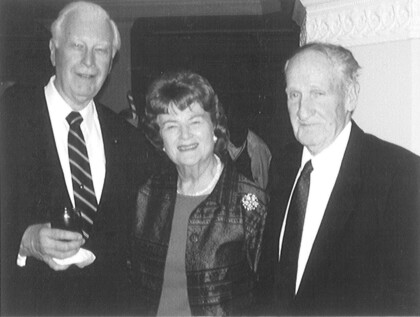

Comentarios
Hacer un comentario